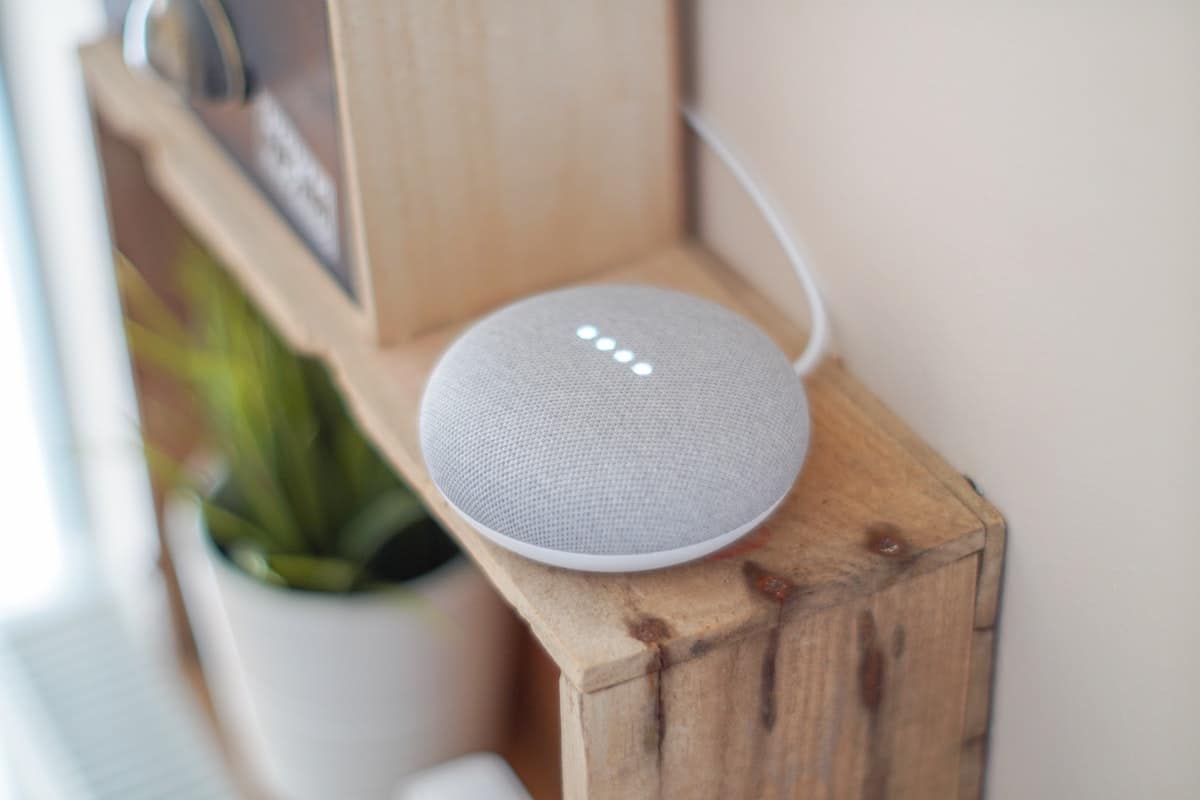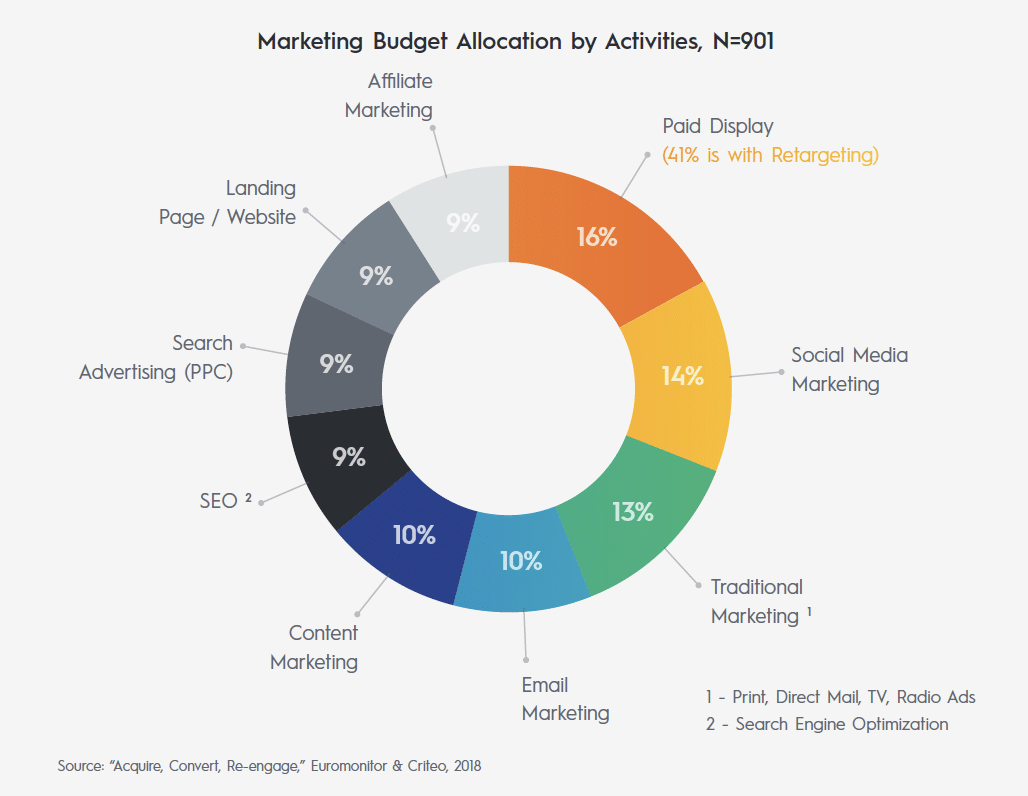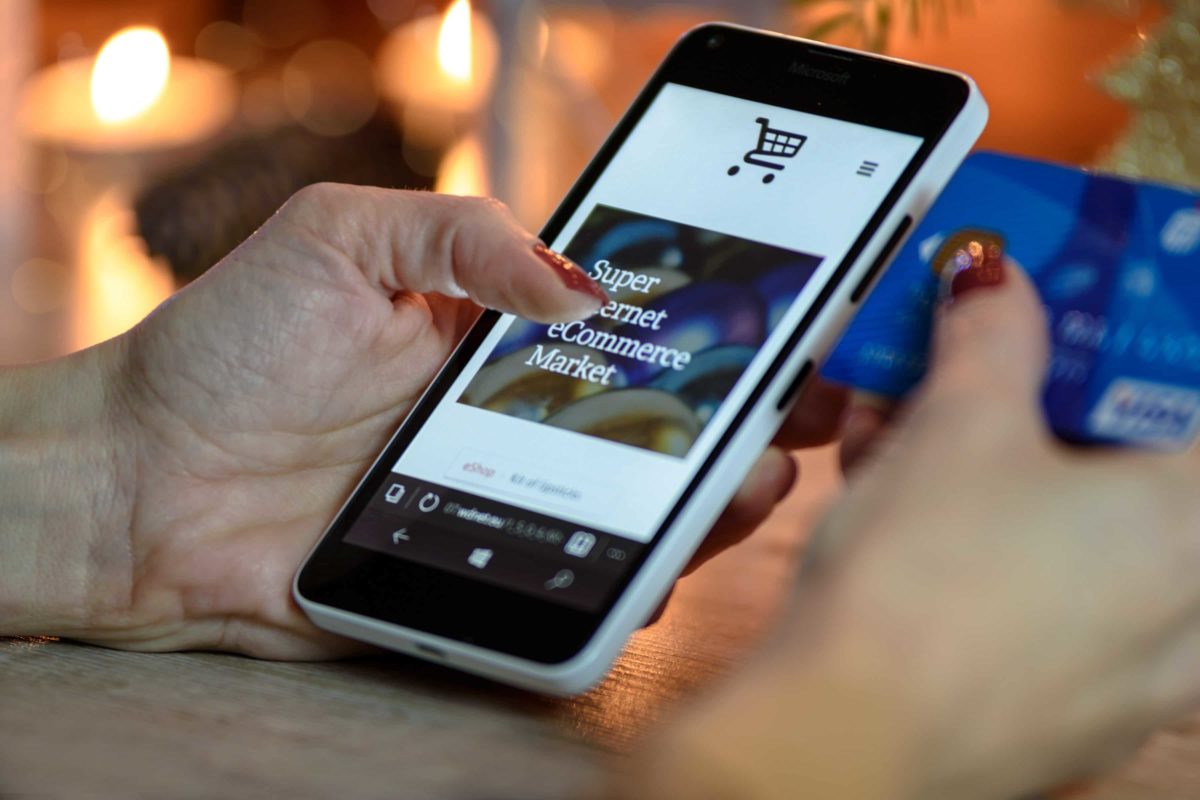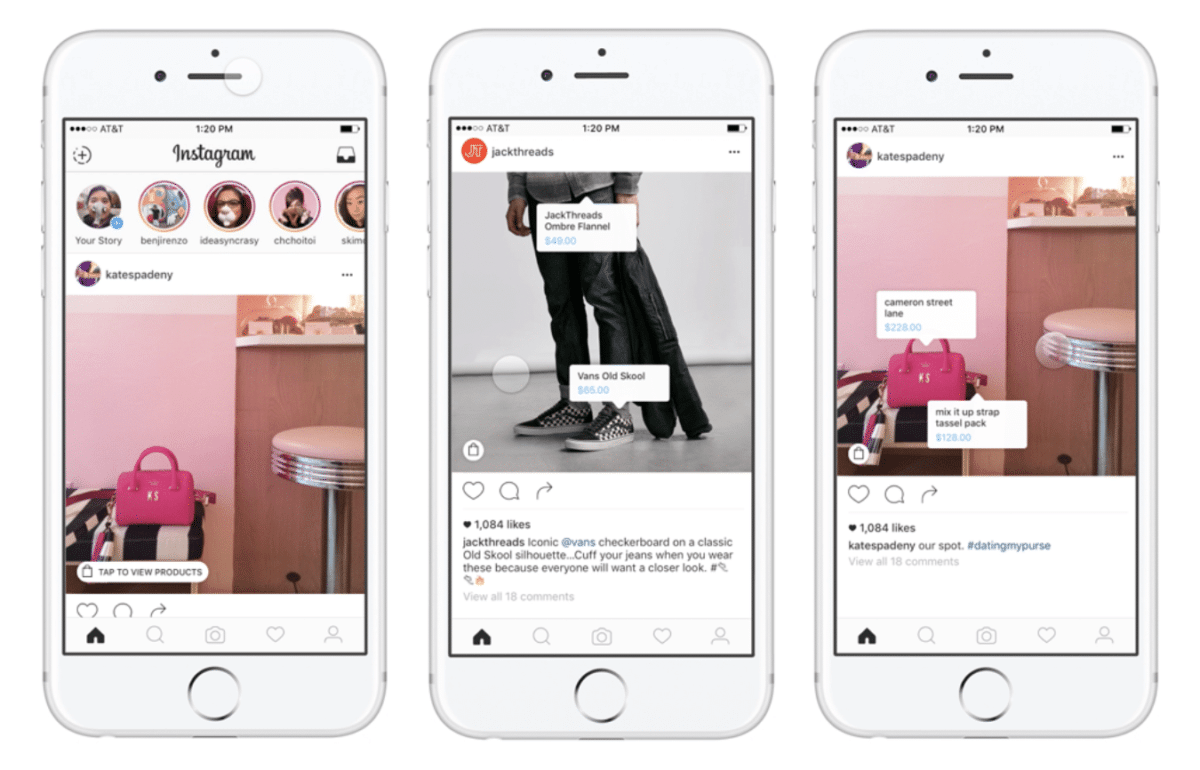As 2019 gets into full swing, we wanted to look back at the commerce and marketing trends we predicted for 2018, and then see what actually happened. From more voice-enabled purchasing and major acquisitions, to the rise of social media and video marketing, last year the retail industry experienced a number of disruptive changes.
Before you dig into our recently published report on the trends to watch in 2019, read on to learn about the five top commerce and marketing trends that came true in 2018.
1. Voice search and shopping saw major adoption.
The growth of voice search and digital assistants is making it easier for shoppers to buy without going online or setting foot in a brick-and-mortar store. Combined, Amazon’s Alexa and Google’s Assistant have sold 27 million devices in the US alone.

On the smartphone side, Apple’s Siri is now available to 500 million users across the world.
2. The social-commerce relationship got cozier.
Youtube and Facebook are the second and third most-visited websites globally (after Google). In step with where traffic is going, Criteo’s recent State of Ad Tech report shows that in 2018, Social Media Marketing accounted for the second highest share of marketing budgets (14%), just behind Paid Display (16%).

In 2018, Instagram launched an immersive shopping feature, letting users tap on items and be taken directly to product description pages, all right within the native social media experience.
Image: Instagram
Snapchat introduced a shoppable AR experience feature. No new tabs to open, no other web destinations, just a direct path for social media users to learn more about what caught their attention.
3. More businesses started connecting offline to online sales.
In a world people are attached to their smartphones 24/7, mobile and location data are helping marketers bridge the gap between what happens offline and what happens online. Advances in mobile location technology are making it easier for companies that want to understand say, how point-of-sale data (taken at the register in a physical store) might be connected to an ad someone saw in a digital environment (on a mobile browser or in an app).

Additionally, 2018 saw the rollout of more innovative loyalty programs, many of which focus on incentivizing consumers to build relationships through email newsletters, apps, and other channels — allowing businesses to get in touch across each customer’s omnichannel journey.
4. Major retailers made strategic acquisitions that strengthen their offerings.
Walmart made several major deals in 2018, including the acquisition of Indian ecommerce company Flipkart for $16 billion… the retailer’s biggest payout ever. To improve apparel category expertise, Walmart also acquired US brands Eloquii and Bare Necessities.
Macy’s acquired experiential retail concepts Story (pop-up shops united by a theme) and b8ta (high-tech, high-touch showrooms) as a way to start reimagining the brick-and-mortar experience.

Image: Story
Meanwhile, Amazon acquired Pillpack, an online pharmacy licensed to deliver medication to 49 states in the US, for $753 million, in an effort to break into the pharma space while reducing barriers to entry.
5. Video became the most engaging marketing format.
Video marketing continues to be a huge opportunity for businesses looking to attract new shoppers and engage existing ones. From how-to videos, to product reviews, interactive content and augmented reality, the video landscape is constantly evolving to keep up with consumer demand.

According to Animoto, video ads are the top way consumers found out about a new product or brand prior to buying. The same study revealed that in 2018:
- 93% of businesses reported landing a new customer due to videos on social media
- 73% of marketers created at least two videos a month for social media marketing
- 40% said video content (compared to photos, blogs, quotes, and infographics) ranks #1 when it comes to social media marketing ROI
To learn about the top commerce trends to watch in 2019, read our recent report:























